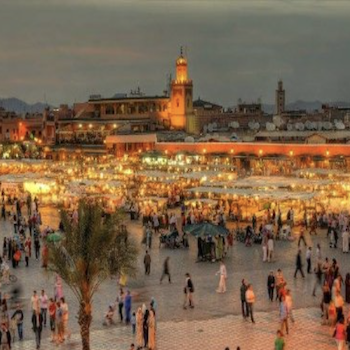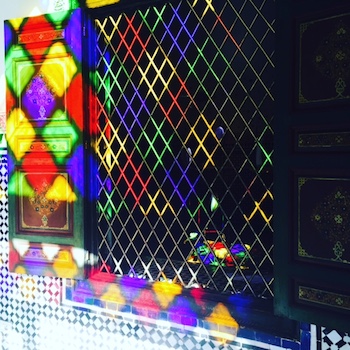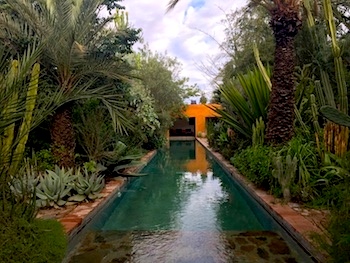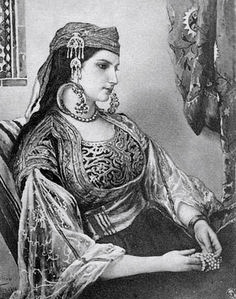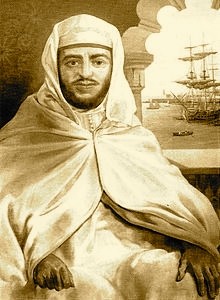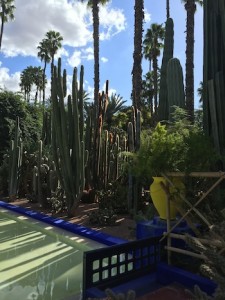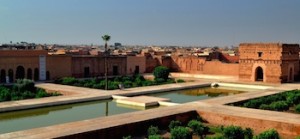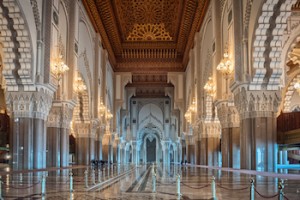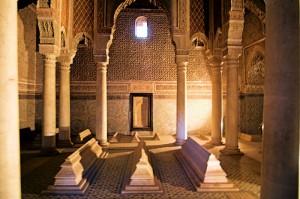Posts Tagged ‘Moroccan Monuments’
Morocco stepped up during the COVID19 pandemic making it a success story and a top destination for travelers seeking a long-needed escape. The country offers fascinating Imperial cities with historic architecture, magnificent gardens, glorious houses of worship, scenic valleys and gorges along with a vast coastline that stretches across both…
Must See, Top Rated Places and Palace in Marrakech offers the perfect Insiders Guide to travelers who are visiting Morocco on a Private Tour. Don’t miss out on some of Marrakech’s Best places that range for Palaces to ancient Mosques. Known for it’s magnificent palaces and old world decor designed…
For travelers interested in discovering Morocco’s Imperial Cities and the Great Desert region, Travel Exploration offers Morocco Expert Tours that custom designed with the perfect amount of luxury and authenticity. Our Morocco Expert Tours are offered on a private basis and tailored for couples, families and small groups. Travelers will…
Morocco is known for it’s Jewish Heritage and the abundance of rich culture, artifacts and traditions left behind when the Jews fled Morocco in the 1960’s. What remains is a rich catalog of Jewish life inclusive of architecture, monuments, zaouias, museums, mellahs, shrines and craft traditions that command great cultural…
The Kingdom of Morocco became the first country in the world to recognize America as an independent nation on December 20th, 1777. A year and a half after the Declaration of Independence was signed in 1786, United States Minister…
Marrakech, referred to as the “red hamra” city is a major city in Morocco known for it’s magnificent ochre color and is an attraction in itself. Marrakech boasts a vibrant street life and a rich array of drought tolerant…
The Marrakech Museum for Photography and Visual Arts (MMPVA) has been awarded the “Best Emerging Culture Destination Africa” Prize, by the Leading Culture Destination Awards 2015. The Marrakech Museum for Photography and Visual Arts has featured the work of Don McCullin, Lewis Morley, Magnum…
When traveling to Morocco on a cruise ship there are many escorted, port tour excursion options. Casablanca has much to offer does its sister city Rabat. The best Casablanca port tours are those that include an English, Multilingual Speaking driver who is…
Morocco has the richest Islamic architectural heritage in North Africa. Key to this was the influence of Muslim Andalusia, as Muslims were expelled from Spain as a result of the Christian Reconquista led by King Ferdinand and Queen Isabella in 1492. This Andalusian style, which was a rich fusion of…
Streams of light illuminate the elaborate the Romain ruins of Volubilis accentuating each crevice line and jagged edge with a stream of shadows. As the sun sets the ivory Corinthian columns slowly fade from sepia tones to midnight black silhouettes. On a…

